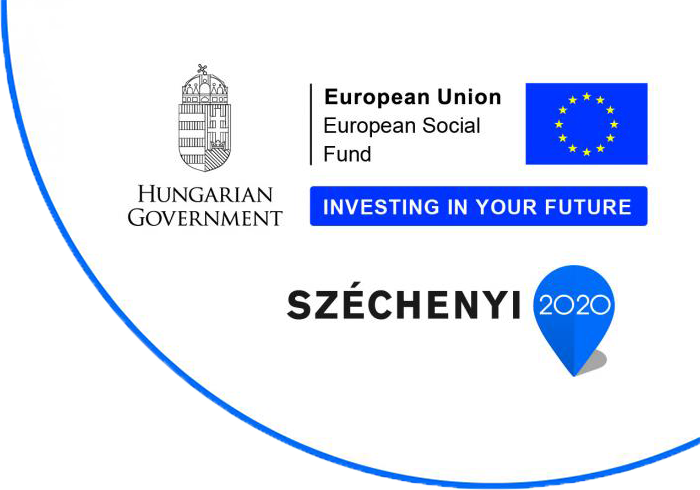5 steps to increase the conversion rates of your email campaigns

When it comes to conversions, email is the king of marketing tactics, because in B2B marketing, email has the highest ROI over all other digital channels. However, this ROI only happens if your campaigns are able to convert your email audience into buyers. Changing some elements of your email campaign can be the key to improving conversion rates. Sometimes something as simple as fine-tuning the subject line can make the difference between high and low open rates. This article outlines five basic steps your marketing team should implement to increase the conversion rates of your email campaigns.
1. Create mobile-optimised email campaigns
Today, more emails are read on mobile devices than on any other type of device, and this trend is not expected to slow down anytime soon. This fact alone should be enough motivation for you to consider optimising your email campaigns.
For excellent mobile optimisation of your email campaigns, focus on the following details:
- Create a short subject line so that it can be displayed properly on smartphones (30-35 characters).
- Break up the text, providing white space so that readers can easily scroll through it.
- Use a single column layout and use shorter and more concise text.
- Use larger fonts to improve readability.
- Make links visible and easy to click.
- Make CTA buttons bulletproof to work better on mobile devices.
- Reduce the size of images to shorten loading times.
When optimising your emails for mobile, test the optimisation in person to see which elements work as intended and which don't. Run A/B tests to evaluate the changes you've made and see how your segments respond to them.
2. Carefully segment your email lists
Another key element to increasing conversion rates is segmenting your email lists. The quality of your email lists is a big determinant of open rates, and therefore conversion rates. The calibre of your list is determined by the following factors:
- The type (quality) of subscribers.
- Active monitoring and updating of the list: adding new subscribers and removing inactive ones.
- The attention and effort devoted exclusively to attracting high potential subscribers.
- How well you segmented your list.
There are also a number of criteria you can use to segment your list:
- Demographics
- Preferences and interests
- Behavior
- Psychographic data
- Email data of subscribers (when they subscribed - first time visitor or repeat visitor, how they have responded to your emails so far, whether they have tried to unsubscribe, etc.)
- Other
Using segmentation, you can send more personalised and tailored email campaigns to increase relevance to your recipients. Relevance is one of the most important factors that will help you retain subscribers in the long term and keep them engaged. To increase relevance, you need to understand the different groups of people that make up your email list.
Segmentation is all about understanding your subscribers and addressing them in a way that shows you are taking their unique needs and wants into account.
3. Tailor your subject line, sender name and offer great content
Once you have segmented your list, you need to find the best way to approach your subscribers. Subject line, sender name, and content quality are the three things that will determine how recipients respond to your campaign.
The sender name is usually the first thing recipients notice when they receive your email. Therefore, the name you use to send your emails should be clear and recognisable. Ideally, the name should also be personal, rather than a generic corporate email address. Of course, the sender's name can also be branded. In this case, make sure that the name used is consistent and that recipients always receive emails from the same sender. For example, the sender of the confirmation e-mail following enrolment should also be the sender of all subsequent e-mails.
The subject line is as important as the sender's name. The following principles can help you create a successful subject line:
- Write short and descriptive subject lines (also due to the character limitation of mobile subject lines).
- Introduce an element of curiosity, urgency, relevance, value or emotion (CURVE principle) - each of which can have a different impact on open and conversion rates.
- Personalise subject lines and/or include local information.
- Use the preview text as an extension of the subject line to add relevance and attract interest.
Once you have enticed recipients to open your email with an inviting subject line and preview text, you need to offer them compelling content. The type of content you write depends on the purpose of your email campaign.
To build a stronger relationship with your subscribers, ideally you should optimise your content for open and share rates, not click-through rates. Of course, you should also tailor your content to your lists and cater to the needs of the recipients on each list and the stage of the buying cycle with which they identify.
4. Use double opt-in
As simple as it sounds, double opt-in is actually a fantastic way to build additional engagement and commitment. Double opt-in is simply the practice of asking people to click on a confirmation link in an email to confirm that they have subscribed to a newsletter.
Double opt-in successfully eliminates all emails that contain typos or are sent to the wrong recipient. This means that your list may grow more slowly, but it will consist of real people. Double opt-in further:
- Helps you avoid spam folders.
- It populates your list with people who have made a conscious decision to subscribe to your list (higher quality subscribers).
- Increases the likelihood that recipients will engage with your emails.
- Allows you to address them immediately by introducing yourself in an opt-in email.
- Provides marketing opportunities and can include special offers to move subscribers down the funnel.
And then there's the contact element, right after someone has signed up. Given that subscribers are more attentive to what you offer immediately after their first interaction with your brand, this step is critical to success.
5. Automate your campaigns and use behavioural triggers
Opting in is just one example of behavioral triggers. There are many strategies and tools you can use to automate your campaigns to respond to specific subscriber actions.
Behaviour triggered emails are sent in response to an action taken by the subscriber. These consistently result in better conversion rates because they give users an immediate response to something they have done.
Automated emails can be set up as a response to the following triggers or events:
- Page loads or content downloads.
- Blog subscription welcome email.
- Welcome email when an enquirer becomes a customer.
- Clicks, visits or form submissions.
- Top-of-the-funnel conversion events.
- Bottom-of-the-funnel conversion events (events that indicate serious interest in your products or services).
- Inactive/subscribers after a certain period of time.
- Signing up or indicating attendance at an event you are hosting, such as a webinar or Q&A session.
- Leaving a page, such as a website, category page, product page, site search or shopping cart.
- Redeeming previous purchases - sending an upsell email.
- Upcoming purchase reminder - for cyclical purchases.
There are many other cases and opportunities where the use of automated campaigns can be beneficial to reach subscribers. However, don't forget about relevance! You need to ensure that your automated campaigns remain relevant and provide value to your recipients to increase the chances of conversion.
Testing and implementing the above steps can help improve the performance of your email campaigns. Conversion rates are often positively impacted by seemingly small details. Changing the subject line, for example, may seem like a small change, but considering that it only takes seconds for recipients to decide whether it deserves their attention, the subject line can have a big impact.
Test and experiment with different combinations of the steps listed above and you're sure to see significant results.
